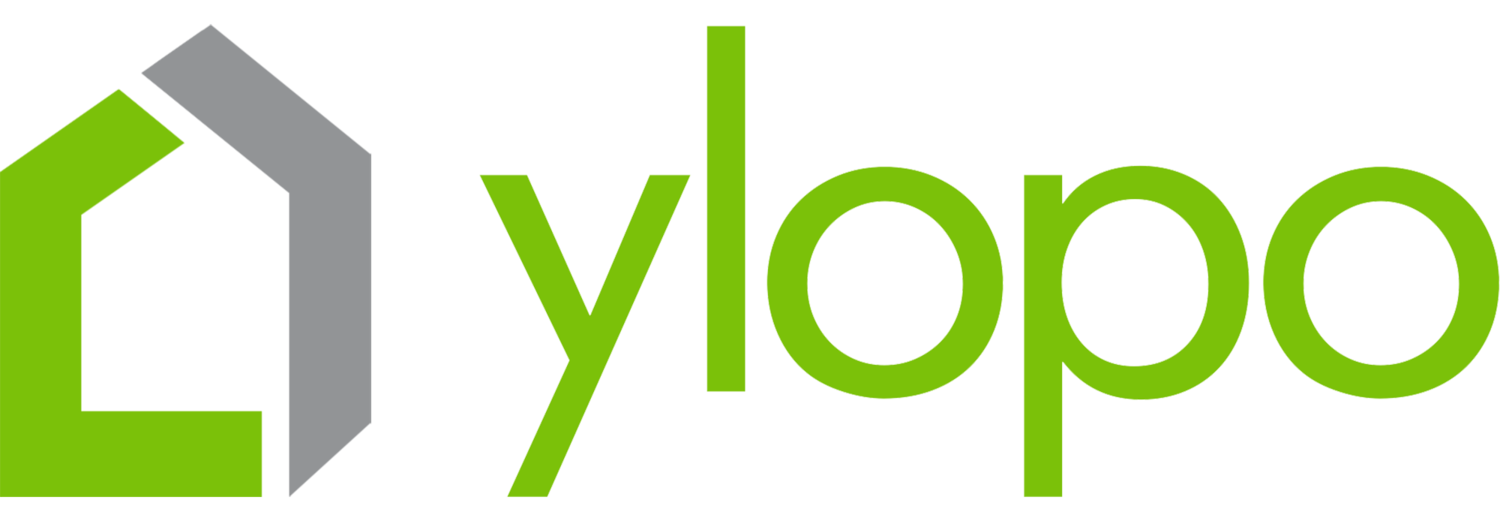Most real estate leads get terrible follow-up.
An agent generates a lead, makes two calls, sends a few emails, then moves on to the next prospect.
Meanwhile, that "cold" lead is still house hunting and eventually buys from another agent who stayed in touch.
Research shows that 80% of sales happen after the fifth contact, but most agents quit after two attempts.
The ones who dominate their markets understand something fundamental: they've built systems that work when they're sleeping, showing properties, or taking time off. This isn't about working harder.
It's about working differently.This guide shows you exactly how to build those systems. You'll learn how to turn every lead into a relationship, how to stay top-of-mind without being annoying, and how to use technology to multiply your efforts without losing the personal touch.
But first, you need to understand why most lead nurturing fails completely.
Chapter 1: Understanding the Lead Nurturing Funnel
Most agents think buying real estate is linear: lead calls, you show properties, they buy. In reality, it's messy, emotional, and takes forever.
Real estate decisions unfold over months. Someone might contact you in January, look at houses for two months, get spooked by interest rates, disappear for four months, then suddenly call ready to buy in September.
If you'd given up after their initial silence, that commission would go to someone else. This is why understanding the real buyer journey matters so much.
This leads to the biggest problem in the industry.
Chapter 2: How to Nurture Real Estate Leads
These aren't theoretical strategies. They're techniques with measurable results that address specific weaknesses in traditional lead nurturing while being scalable for growing businesses.
1. Build Email Sequences That Never Give Up
Most agents send a few follow-up emails then quit when prospects don't respond immediately. This is backwards. Research shows that prospects need multiple touchpoints over extended periods before they're ready to buy.
Some of the most successful sequences include 50+ emails that continue for nearly a year. Email 47 can still generate appointments because "cold" prospects have been receiving valuable market updates while slowly becoming ready to act.
Here's how to build sequences that actually convert:
Start with market education, not property promotion. Your first 8-10 emails should focus on helping prospects understand the market, not selling them on working with you. Share neighborhood insights, market trends, and buying tips that demonstrate your expertise.
Segment by behavior and interests. Someone who clicks on luxury listings gets different content than someone interested in first-time buyer programs. Use email marketing software to automatically tag prospects based on their actions, then send targeted content accordingly.
Include local market stories. Instead of generic real estate advice, share specific examples from your market. "Last week, a property on Maple Street received four offers within 24 hours. Here's what the winning buyers did differently..."
Never stop following up. The biggest mistake is ending sequences after 6-12 emails. Build longer sequences that continue providing value for months. Many prospects need 12-18 months before they're ready to buy.
The key is balancing frequency with value. You're not sending daily emails, but you are maintaining consistent contact with useful information that helps prospects make better decisions.
This approach works because it mimics how people actually buy real estate: slowly, with lots of research, over extended periods. But email sequences are just the beginning.
2. Retarget Leads on Social Media

Source: Zapier
Once someone visits your website, you can continue nurturing them by showing relevant property listings in their Facebook and Instagram feeds. This keeps you visible while providing ongoing value.
The most effective agents generate 40% of their buyer appointments through Facebook retargeting. Prospects visit their website, browse listings, then see their new properties in their social feeds for months afterward.
Set up Facebook pixel tracking on your website. This allows you to create custom audiences of people who visited specific pages. Someone who looked at condos gets different ads than someone who browsed single-family homes.
Create dynamic property ads. Facebook's dynamic ads automatically show prospects properties that match their previous browsing behavior. If they looked at three-bedroom homes under $400K, your ads will feature similar properties from your listings.
Include neighborhood lifestyle content. Don't just show property photos. Create ads featuring local restaurants, schools, and amenities that appeal to your target buyers. This positions you as a neighborhood expert, not just a listing agent.
Track which ads drive appointments. Use Facebook's conversion tracking to see which retargeting ads generate the most inquiries and appointments. Double down on what's working.
Retargeting works because it reaches prospects where they're already spending time (social media) with content that's relevant to their interests (properties they might buy). It's nurturing that doesn't feel like nurturing.
However, retargeting alone isn't enough. Prospects also need deeper, more educational content that establishes your expertise.
3. Create a Resource-Rich Website That Captures and Nurtures Leads
Your website should work as a 24/7 lead nurturing machine, providing valuable information while capturing prospect contact details for ongoing follow-up.
Most agent websites are basically digital business cards: a photo, some testimonials, and a property search. That's a missed opportunity. Your website should demonstrate expertise while identifying serious prospects.
Publish neighborhood guides with insider insights. Instead of generic "About [Neighborhood]" pages, create detailed guides with information only a local expert would know. Which streets have the best resale value? What time of year do most properties sell? Which schools are overcrowded?
Add market reports and trend analysis. Publish monthly market updates with specific data about inventory, pricing trends, and sold properties. This content attracts prospects who are researching the market seriously.
Include financing and buying process guides. Many prospects, especially first-time buyers, need education about the buying process. Create guides that explain everything from pre-approval to closing, positioning yourself as their knowledgeable advisor.
Use lead magnets to capture contact information. Offer valuable resources like "The Ultimate Home Buying Checklist" or "Neighborhood Price Guide" in exchange for email addresses. Then add these prospects to your nurturing sequences.
Track visitor behavior to identify hot prospects. Monitor which pages prospects visit, how long they spend on your site, and which resources they download. Someone who spends 20 minutes reading about a specific neighborhood is more qualified than someone who quickly browses your home page.
The goal is creating a website that attracts serious prospects while providing enough value that they willingly share their contact information. But even the best website content needs systematic follow-up to convert visitors into clients.
This is where personalized follow-up sequences become crucial for turning interest into appointments.
4. Automate Personalized Follow-Up Based on Prospect Behavior
Different prospects need different follow-up approaches based on their actions and interests. Someone who downloads a first-time buyer guide needs different information than someone who inquires about luxury listings.
Top agents increase conversion rates from 12% to 31% by creating behavior-triggered follow-up sequences. Instead of sending the same emails to everyone, they tailor messages based on what prospects actually do.
Create sequences for different lead sources. Someone who comes from a Facebook ad about downsizing gets different follow-up than someone who inquires about a specific listing. Match your messaging to their demonstrated interests.
Trigger follow-up based on website behavior. If someone spends time looking at properties in a specific neighborhood, automatically send them a neighborhood guide and recent sales data for that area. If they download a buying guide, follow up with financing information and lender recommendations.
Personalize using prospect data. Use their name, reference their specific interests, and mention details from previous conversations. Modern CRM systems can automatically insert this information into email templates.
Vary timing based on engagement. Highly engaged prospects (opening emails, clicking links, visiting your website) can handle more frequent contact. Less engaged prospects need lighter touch follow-up to avoid unsubscribes.
Include relevant property alerts. Set up automatic notifications when new listings match their stated criteria. This provides ongoing value while keeping you top-of-mind.
The key is making automated follow-up feel personal and relevant. Prospects should feel like you're paying attention to their specific needs, even when the system is running automatically.
But even the best email sequences have limitations. Sometimes prospects need immediate responses to questions or want to have conversations about their situation.
This is where AI-powered tools can extend your availability beyond normal business hours.
5. Leverage AI to Enhance Personalization and Scale
Modern AI tools and voice systems can handle initial prospect conversations, answer common questions, and identify sales-ready leads, even when you're unavailable.
The most advanced agents get qualified appointments from leads who contact their website at 11 PM on weekends. Their AI chatbot captures information, answers questions, and schedules follow-up calls for Monday morning.
Install AI chatbots on your website. These tools can answer common questions about the buying process, provide property information, and capture lead contact details. They work 24/7 without breaks or vacations.
Use AI to qualify prospects before they reach you. Program your chatbot to ask qualifying questions about budget, timeline, and location preferences. This ensures you only get calls from serious prospects who match your ideal client profile.
Set up AI voice systems for phone inquiries. When prospects call your number, an AI system can provide property information, schedule appointments, and even conduct basic qualification conversations before transferring to you.
Monitor AI conversations for learning opportunities. Review chat logs and call recordings to understand common prospect questions and concerns. Use these insights to improve your nurturing sequences and website content.
Integrate AI tools with your CRM. Ensure that AI-captured leads automatically enter your follow-up sequences with notes about their interests and conversation history. AI tools work because they provide immediate responses when prospects are most engaged, while freeing you to focus on high-value activities like showing properties and negotiating contracts.
One of the best tools to meet all of these requirements and even exceed the capability of standard bots is Ylopo AI.
It can have dialogues with leads to answer common questions, offer neighborhood insights, recommend suitable properties and provide market updates relevant to their needs.
>>See it in action below:
However, all these individual tactics need to work together through a centralized system that manages your entire lead nurturing operation.
From manual follow-up to AI-powered lead conversion
The techniques outlined in this guide work, but they require one critical element most agents lack: consistent execution over months, not weeks.
Manual follow-up inevitably breaks down. You get busy with closings, forget to send that monthly market update, or lose track of where each prospect stands in their journey.
Meanwhile, your best leads slip away to competitors who happened to call at the right moment.
That's where we come in.
Our AI lead nurturing tools ensure that every lead is engaged and managed effectively, combining the techniques discussed in this article with technology that never sleeps. Our AI Text and Voice work together to get you more conversations and more appointments with sellers and buyers.
Our retargeting keeps prospects engaged by serving your latest listing inventory as ads directly in their newsfeeds. Our AI Voice tirelessly calls and nurtures your leads to drive qualified appointments right into your calendar.
While other agents manually call cold leads, our AI handles initial nurturing and qualification, then transfers only the hottest prospects directly to you.
Your prospects deserve consistent, intelligent follow-up. We deliver it systematically, so you can focus on closing deals instead of chasing leads.










